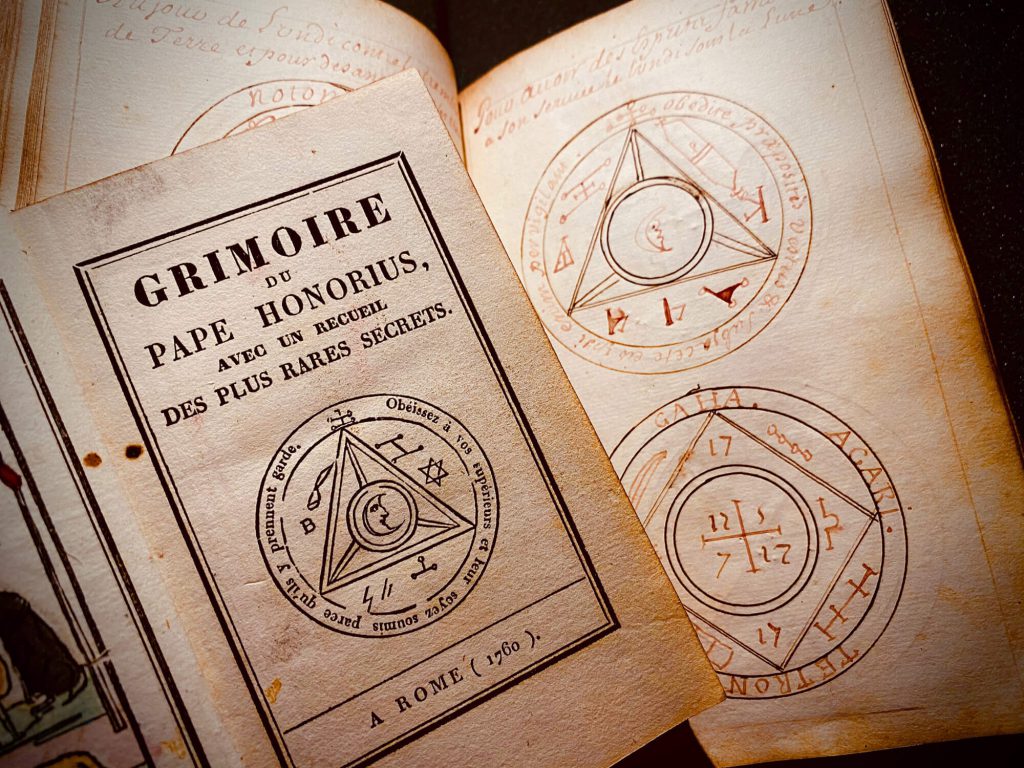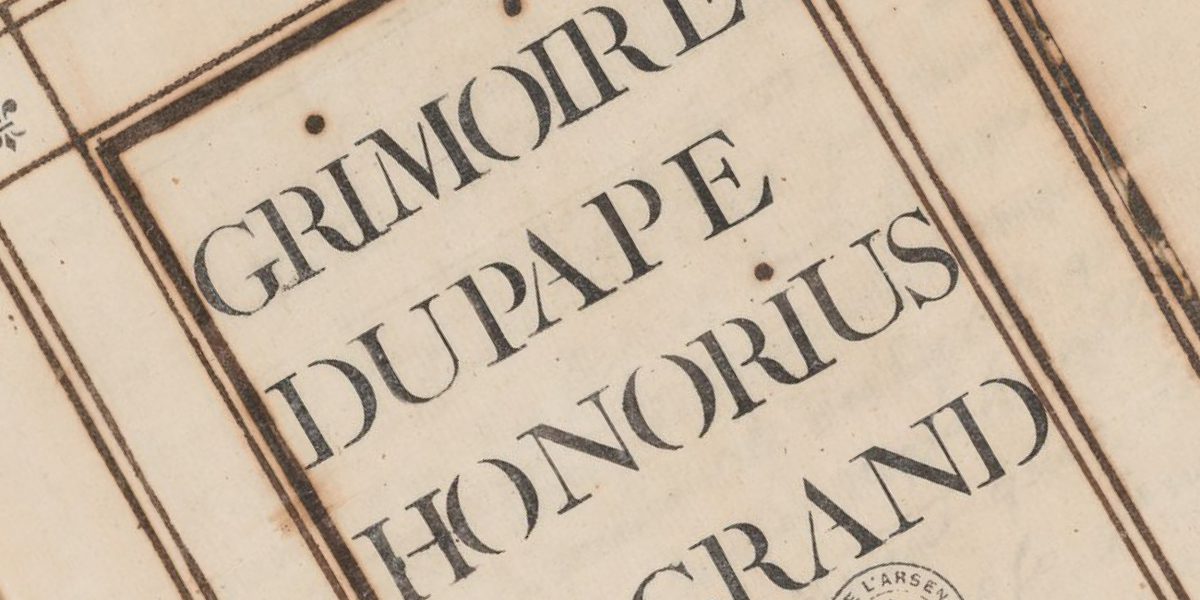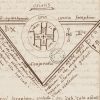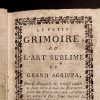by Pope Honorius III, 18th & 19th century variations of the text
1670 | 1670 | 1760 | 1770 | 1800 | Ms-2494 | MS-4666 | MS-3689-2 | UW MS 431 | BnF 24245
The Grimoire of Pope Honorius, or Grimoire [Gremoire] du Pape Honorius, is a 17th to 18th century grimoire, spuriously attributed to Pope Honorius III (1150 – 1227). It is unique among grimoires in that it was specifically designed to be used by a priest, and some of the instructions include saying a Mass. While its name is most likely inspired by a much earlier grimoire by the name The Sworn Book of Honorius (Liber Iuratus Honorii), its content is closer to its diabolic mass market cousins such as the Grimorium Verum and Le Grand Grimoire.
Owen Davis references the American anthropologist, Charles Godfrey Leland (1824-1903), who cited an edition of the The Grimoire of Pope Honorius published in 1629. If this is the case, it would be the first of the French ‘black magic’ grimoires, which are characterized by all being published as Bibliothèque Bleue works. These editions, much like the English chapbook and the German Volksbuch, were cheap, widely distributed paperbacks that made literature accessible to all levels of society. They were prevalent across France from the seventeenth to the nineteenth century and came to be known as livres bleus, or “blue books” for their blue paper covers.
According to A. E. Waite, “...It is a malicious and somewhat clever imposture, which was undeniably calculated to deceive ignorant persons of its period who may have been magically inclined, more especially ignorant priests, since it pretends to convey the express sanction of the Apostolical Seat for the operations of Infernal Magic and Necromancy.”





